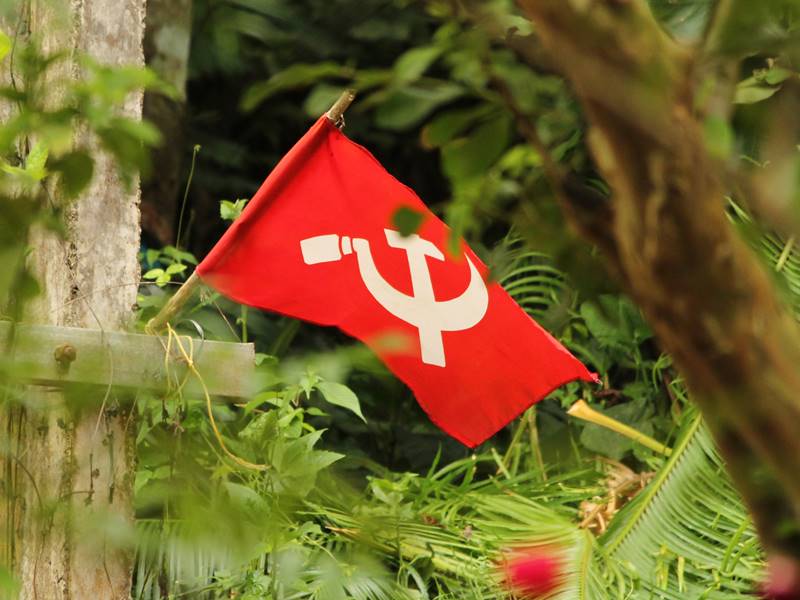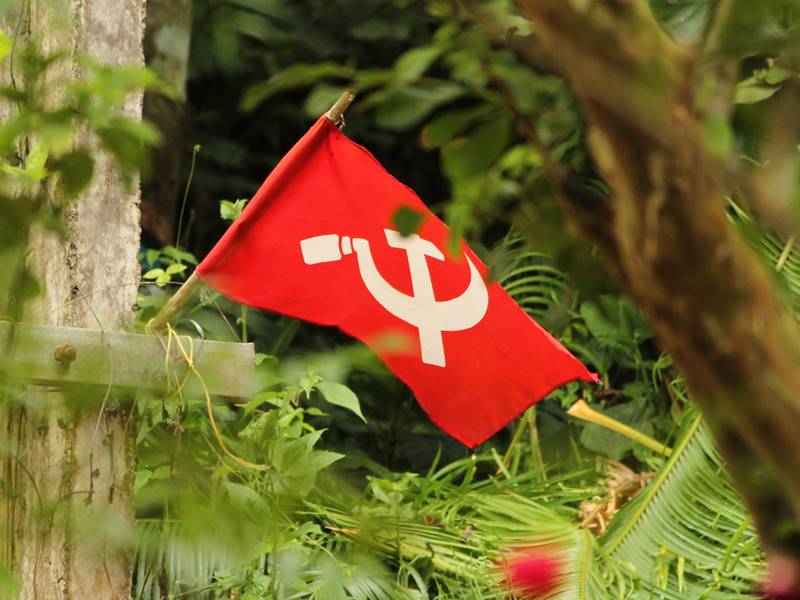CPI Kerala Social Welfare

On 25 December 1925 a communist conference was organised in Kanpur.Colonial authorities estimated that 500 persons took part in the conference. The conference was convened by a man called Satyabhakta. At the conference Satyabhakta argued for a 'National communism' and against subordination under Comintern. Being outvoted by the other delegates, Satyabhakta left the conference venue in protest. The conference adopted the name 'Communist Party of India'. Groups such as Labour Kisan Party of Hindustan (LKPH) dissolved into the unified CPI. The émigré CPI, which probably had little organic character anyway, was effectively substituted by the organisation now operating inside India.
Soon after the 1926 conference of the Workers and Peasants Party of Bengal, the underground CPI directed its members to join the provincial Workers and Peasants Parties. All open communist activities were carried out through Workers and Peasants Parties.
The sixth congress of the Communist International met in 1928. In 1927 the Kuomintang had turned on the Chinese communists, which led to a review of the policy on forming alliances with the national bourgeoisie in the colonial countries. The Colonial theses of the 6th Comintern congress called upon the Indian communists to combat the 'national-reformist leaders' and to 'unmask the national reformism of the Indian National Congressand oppose all phrases of the Swarajists, Gandhists, etc. about passive resistance'. The congress did however differentiate between the character of the Chinese Kuomintang and the Indian Swarajist Party, considering the latter as neither a reliable ally nor a direct enemy. The congress called on the Indian communists to utilise the contradictions between the national bourgeoisie and the British imperialists. The congress also denounced the WPP. The Tenth Plenum of the Executive Committee of the Communist International, 3 July 1929 – 19 July 1929, directed the Indian communists to break with WPP. When the communists deserted it, the WPP fell apart.
On 20 March 1929, arrests against WPP, CPI and other labour leaders were made in several parts of India, in what became known as the Meerut Conspiracy Case. The communist leadership was now put behind bars. The trial proceedings were to last for four years.
As of 1934, the main centres of activity of CPI were Bombay, Calcutta and Punjab. The party had also begun extending its activities to Madras. A group of Andhra and Tamil students, amongst them P. Sundarayya, were recruited to the CPI by Amir Hyder Khan.
socialize

CPI was recognised by the Election Commission of India as a 'National Party'. To date, CPI happens to be the only national political party from India to have contested all the general elections using the same electoral symbol. Owing to a massive defeat in 2019 Indian general election where the party saw its tally reduce to 2 MP, the Election Commission of India has sent a letter to CPI asking for reasons why its national party status should not be revoked. If similar performance is repeated in the next election, the CPI will no longer be a national party.
On the national level they supported the Indian National Congress-led United Progressive Alliance government along with other parliamentary Left parties, but without taking part in it. Upon attaining power in May 2004, the United Progressive Alliance formulated a programme of action known as the Common Minimum Programme. The Left bases its support to the UPA on strict adherence to it. Provisions of the CMP mentioned to discontinue disinvestment, massive social sector outlays and an independent foreign policy.
On 8 July 2008, the General Secretary of CPI(M), Prakash Karat, announced that the Left was withdrawing its support over the decision by the government to go ahead with the United States-India Peaceful Atomic Energy Cooperation Act. The Left parties combination had been a staunch advocate of not proceeding with this deal citing national interests.